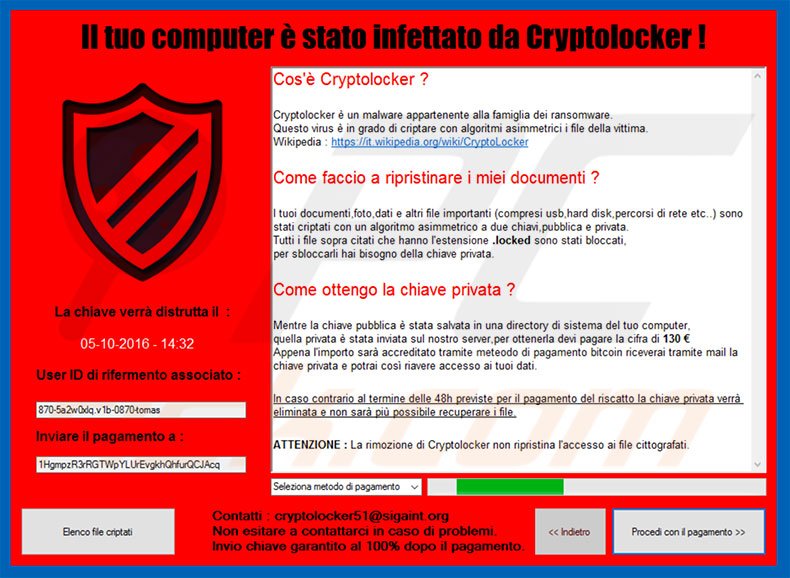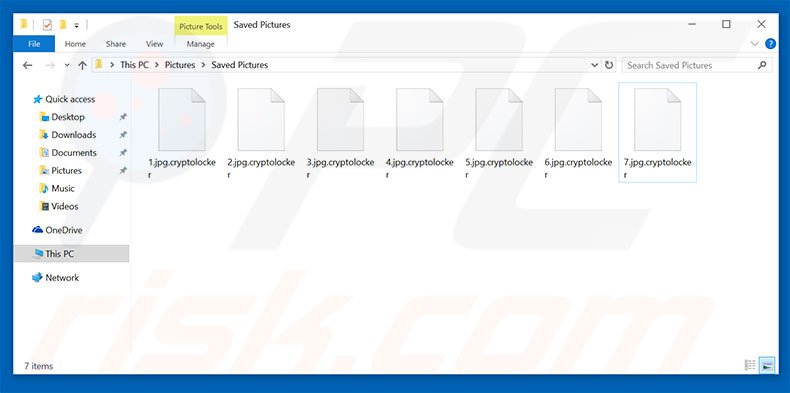

To recover your files after a ransomware attack, you need to decrypt them. How to recover files after the efdc virus ransomware attack ? Therefore, don't make a fool of yourself by paying the ransom. In addition to this, if you pay them whatever they want, then they'll feel encouraged and more empowered to repeat this stuff there's no end to it. They promise they will send you the key once you have paid the ransom but what if they don't or blackmail you even more cause? Now they know you'll succumb to their demands. Whatever might be the threat they pose, never pay for ransom. Money can also be charged in terms of bitcoins. You have to pay money to get a unique decrypting key by which you can get access to all your files again. The ransom pitch works by bribing you with a deciphering key that will help you understand the algorithms and unique key used to encrypt your files in the first place, and in exchange, it will ask for ransom from you. The text isn't just a revelation but can scare the hell out of you and is intended to force you to make a rapid and harsh decision that might profit them. The virus is used by ransomware frauds who infect different systems with different types of viruses, and in exchange for returning access, they ask for money.Ī simple sweet but menacing message with the "_readme.txt" extension will be dropped on your desktop in which the frauds reveal that all the files of the said system has been encrypted and contain a malicious virus. Instead, it uses that just as an intermediate step to get cash out of you. The virus doesn't want to steal your access to the files. And after that, you won't be able to open them or use them like before, but this isn't the worst part. There's no specific file type that will get affected all file types from media to emails can get encrypted. efdc" extension at the end of all the files, making them inaccessible. If your PC gets attacked by the efdc virus ransomware, it will seal all the files on the system and attach the ". You might even be successful in decrypting your files, but the virus can still be present on the PC.

Once this has happened, it becomes nearly impossible to get rid of the ransomware.

AES or RSA coded algorithms to encrypt the documents. Efdc viruses are deemed to be difficult to crack because of the algorithms it uses. The files that fall under the ransomware attack can be identified as there's an extension of ".efdc" at the end of the infected files. These viruses aren't easy to deal with, and some antivirus software can't even decrypt the files and remove the virus. Regarding ransomware viruses, efdc is a type of virus belonging to the DJVU crypto wall family, just like Lqqw, Iwan, zaps etc. It shouldn't be a shock to any of us that ransomware viruses exist and can not only encrypt the files but also harm the computer to the core.


 0 kommentar(er)
0 kommentar(er)
